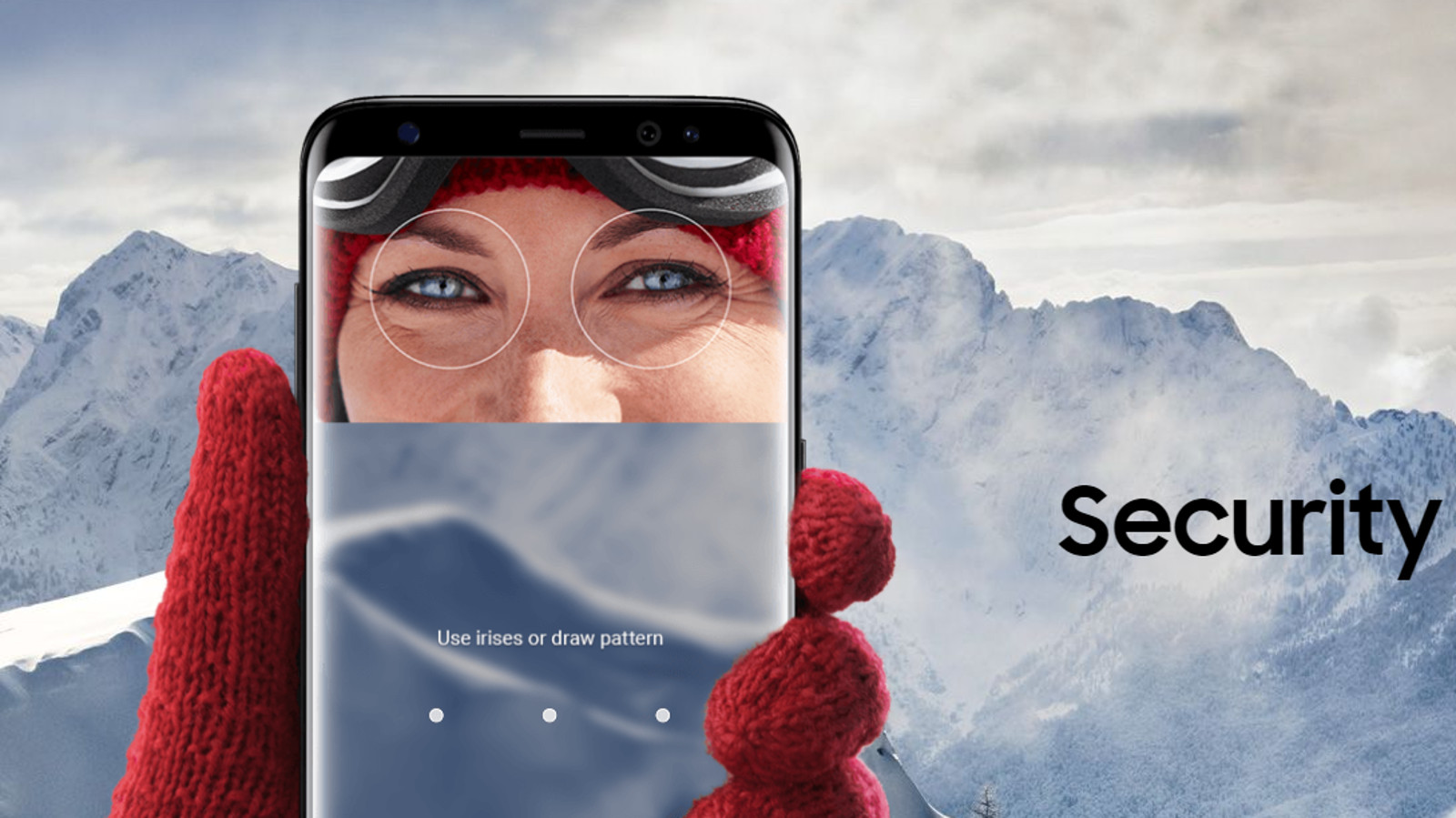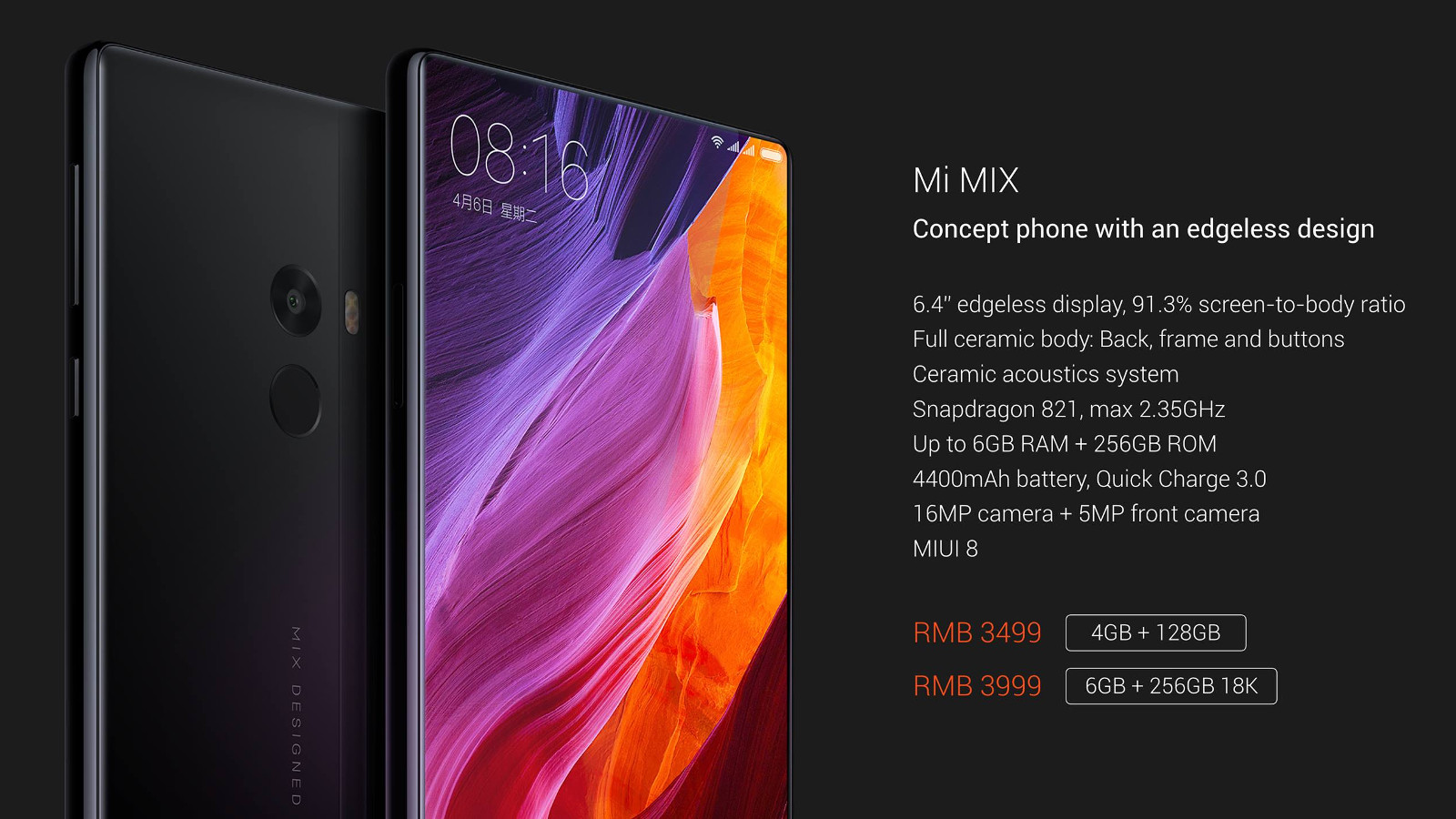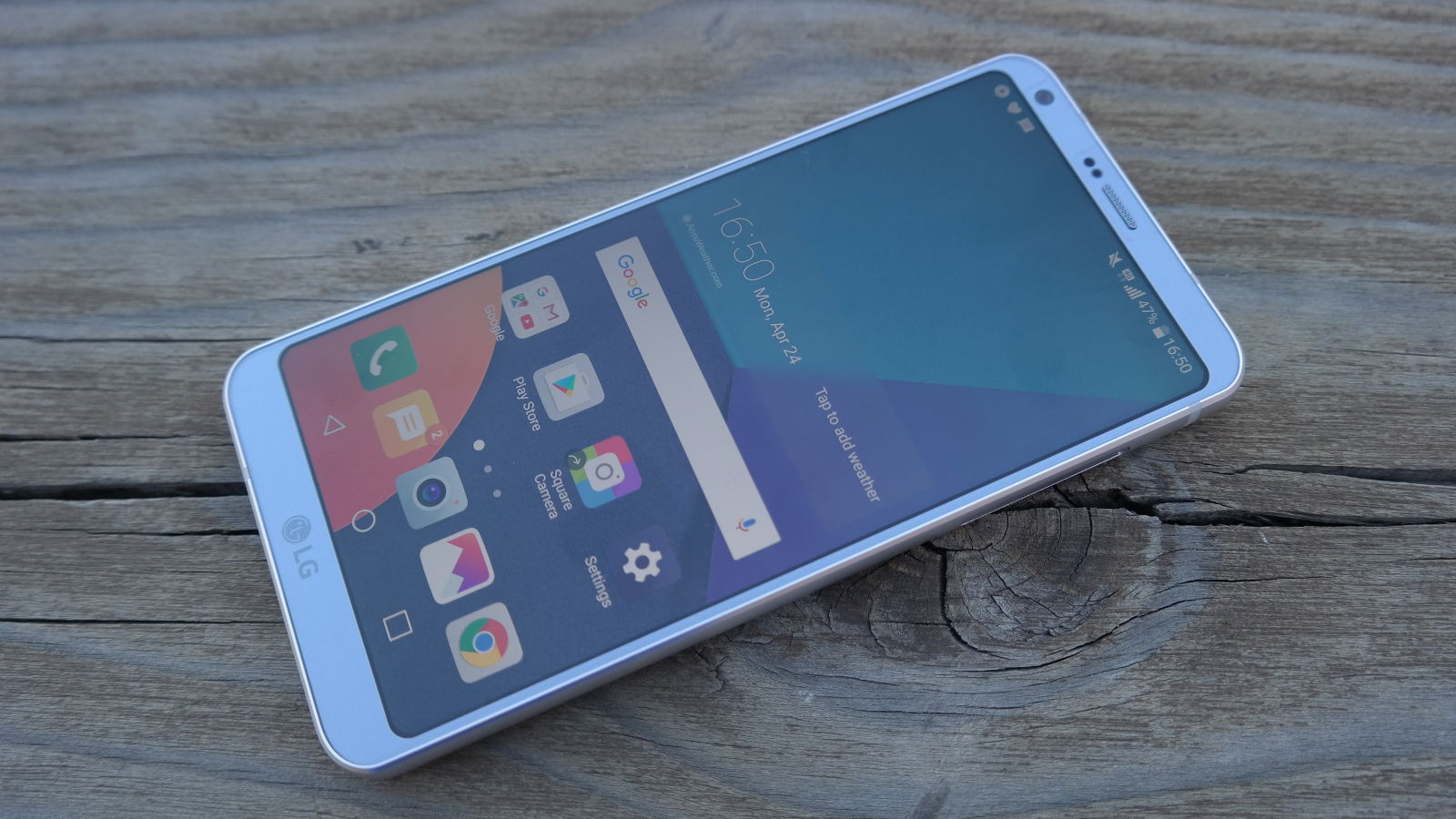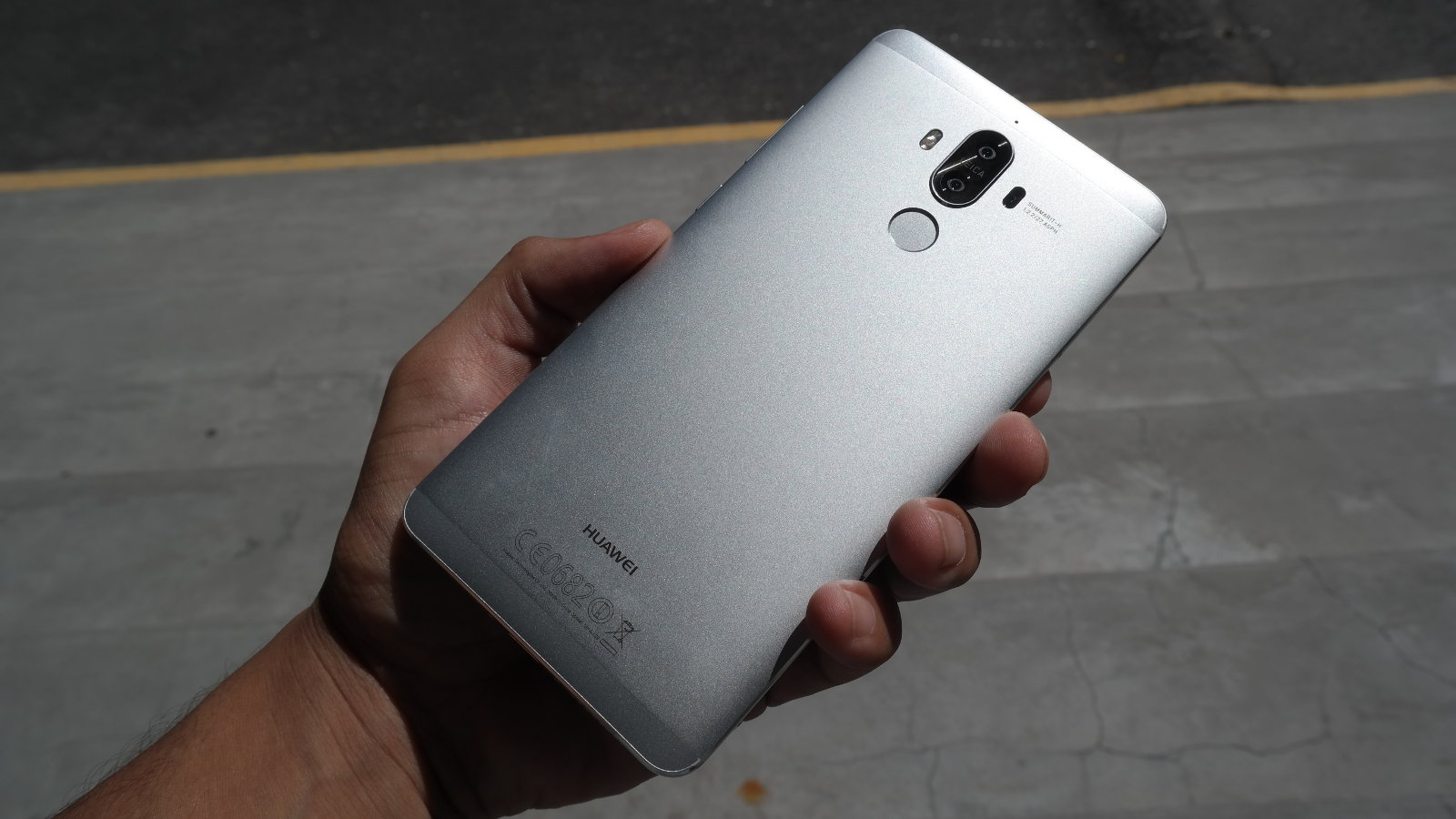OpenAI has launched GPT 5.2, a major model upgrade now available in both the API and ChatGPT. It is described as the company’s most…
This is what you should expect from 2018’s smartphones…
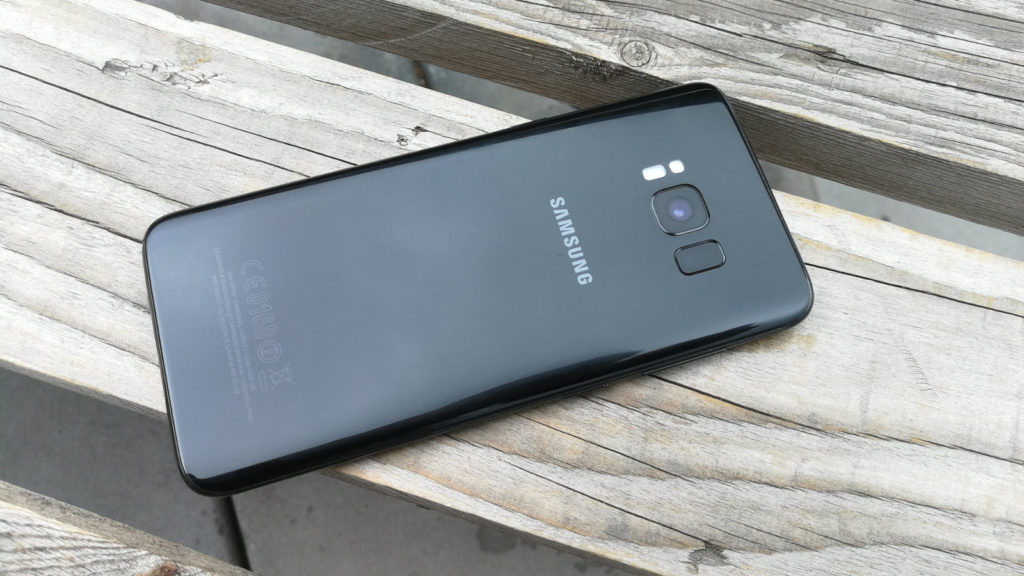
The year isn’t over yet, but we’ve already had a tantalising glimpse at the future of smartphones. This is thanks to the likes of ARM and Qualcomm revealing their next-generation plans.
So with these plans and emerging trends in mind, we take a look at what you might find in next year’s smartphones…
Fingerprint scanners to go under the display? Not so fast…
One of the biggest disappointments this year has been Samsung’s fingerprint scanner — or rather, the position of it. Word is that the company was trying to get the scanner under the screen, but results weren’t satisfactory.
In saying so, Apple is expected to forego the fingerprint scanner under the display this year in favour of facial recognition technology (update: they did this on the iPhone X). Would the company forego the scanner this year and bring it back the next year? Hm…
Still, don’t be surprised if a few companies manage to pull the under-display fingerprint scanner off, especially since Qualcomm and Vivo have jointly demoed the tech already.
Iris and facial recognition could be more common
We’ve already seen Samsung‘s Galaxy phones pack iris scanning tech, while Apple is using facial tech for authentication as well. Hell, LG has also confirmed that its V30 will pack facial recognition tech of some type.
Qualcomm has stoked the flames by adding native support for iris scanning to its next bit of silicon. So this should make iris scanning and facial recognition easier to implement on the next crop of Android superphones.
The big question however will be whether future implementations of facial recognition tech will be easily spoofed, as was the case with older versions of Android…
A big step up in horsepower for mid-range phones
UK chip designer ARM announced new CPU and GPU cores, set to roll out en masse by the end of the year and start of 2018. It’s not the first time we’ve seen new CPU and GPU cores from ARM, but what’s the big deal now?
The company isn’t just delivering an improved heavyweight CPU core (A75) and GPU (G72) as it’s done in previous years. It’s finally updating the energy-efficient CPU core (from A53 to A55) used in loads of budget phones. It’s big news because these lightweight CPU cores haven’t been updated in three or four years.
But another big deal is the fact that ARM has changed how chipmakers can combine the heavyweight and lightweight CPU cores. In fact, ARM’s Laurence Bryant told Gearburn that one heavyweight core and seven lightweight cores could see virtually double the performance compared to eight lightweight cores seen in many budget phones.
High screen/body ratio to continue downward move
We’ve seen Xiaomi, Sharp, LG, Honor, Samsung and Essential adopt high screen/body ratios, with Apple doing the same with the iPhone X. And Huawei is expected to do the same with the Mate 10.
Aside from high-end smartphones adopting this feature, we’re also expecting the design trend to come to budget smartphones. In fact, we’ve seen numerous Chinese brands adopt high screen/body ratios for their cheap phones — even if the designs are blatant rip-offs of Xiaomi and Samsung.
There is one high-profile example of the trend in a notable mid-range phone, in the form of LG’s Q6. Expect more big name brands to adopt the feature in their mid-range models.
Headphone jacks to drop from more phones
2016 saw headphone jacks start to disappear from some phones. But in the wake of the iPhone 7 doing the same, the Apple effect came into play and more brands decided “I guess we should follow them”.
It’s been heavily rumoured that the Pixel 2 will lack a headphone jack, which would see Google making a backtrack after the original Pixel ads mocked Apple for ditching the port. If the Pixel does take this route, then we can reasonably expect a few more flagships to drop the 3.5mm connection.
Still, it’ll be a while to go before headphone jacks are left off budget phones, I reckon.
More phones to get HDR support?
To be honest, I haven’t been that impressed with HDR in general. Maybe I’m not viewing suitable content, but either way, the tech has spread its wings in 2017. Samsung, LG and Sony have all launched phones with the tech.
We’re expecting the standard to stay in 2018, as streaming services support mobile HDR and make the tech less of a waste. Hell, both Netflix and Amazon support mobile HDR, with content colossus YouTube joining the party recently as well.
What about 4K screens?
What about 4K? But seriously, Sony has been the only major brand to release a phone or two with a 4K display, in the form of the XZ Premium and Z5 Premium.
4K displays generally require more battery power and the jump in sharpness isn’t discernible for many people. But VR is one department that benefits from 4K resolutions, along with AMOLED technology. No wonder outlandish rumours have claimed the Galaxy Note 8 will combine both (4K and AMOLED tech).
TL;DR: Aside from Sony, don’t expect many, if any, major brands to hit 4K in 2018.
More brands to dabble with machine learning?
Huawei and Samsung have both touted machine learning smarts on their phones in recent times, in the form of Huawei’s EMUI 5 skin and Samsung’s Bixby. Even HTC has jumped on the bandwagon, touting its own virtual assistant.
This year has also seen claims that Huawei will be launching a processor marketed as the first “AI chip”. And with ARM’s new chips touting improved machine learning performance, we expect other brands to dabble with this tech as well.
ARM says we can expect more offline capabilities, faster inference and some other innovative capabilities as a result of better machine learning on phones.
Article updated with iPhone X information and YouTube’s mobile HDR support.
